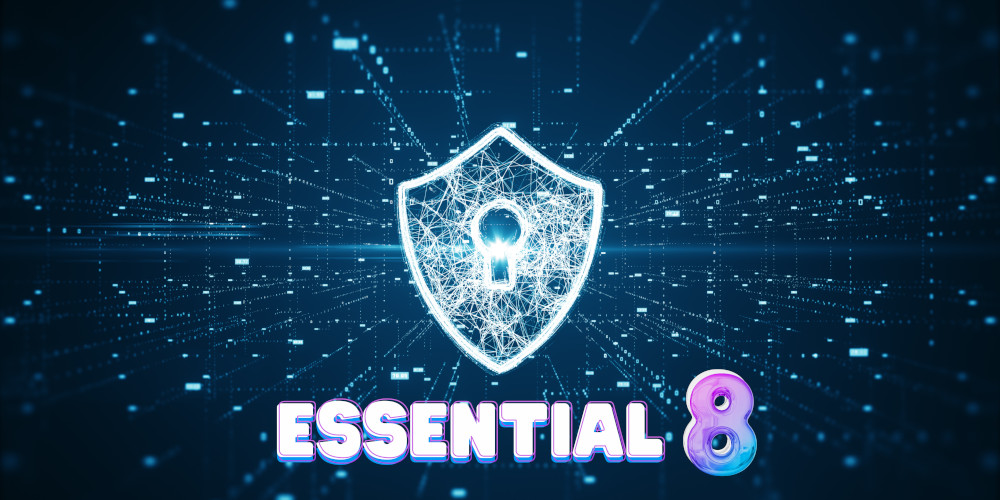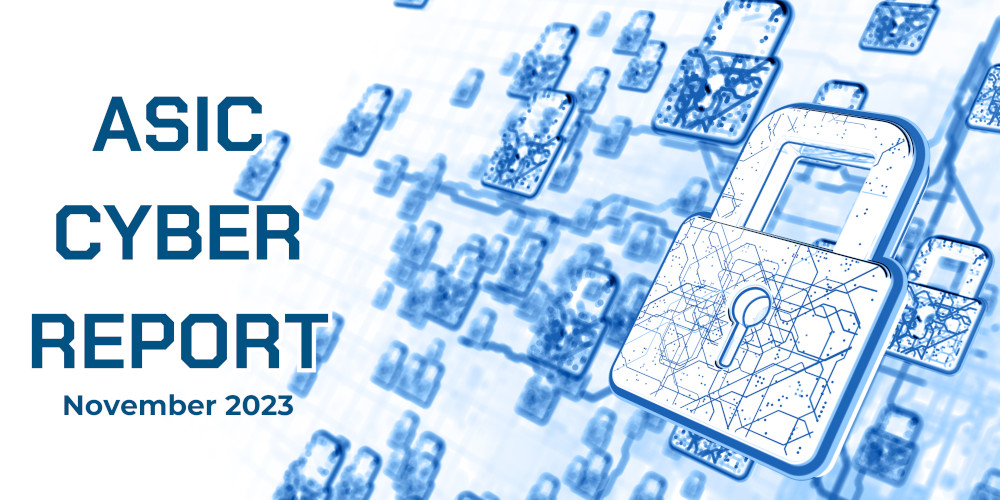

365 & SaaS Backup
SaaS Backup Protect your business from a data disaster with KeyCloud SaaS Backup. Our SaaS backup solution will give you peace of mind, and if disaster strikes, your business can be up and running again in hours — not days! SaaS Backup SasS services provide great...Server & Data Backup
Server Backup Your data is secure with the KeyCloud(TM) solution – We deploy a Virtual Private cloud (VPC) or an on-premises connection to keep your data 100% behind your firewall and within your network. Server Backup Solutions Data is encrypted using AES-256...
Navigating Microsoft 365 Evolution: A Guide for Non-Profit Organisations
Technology is ever-evolving, and for non-profit organisations, keeping up with these changes is crucial. The New Commerce Experience (NCE) has left a significant impact on how organisations engage with Microsoft 365 (M365), and this impact is extending to the non-profit sector in 2024. As Microsoft plans to release new public sector SKUs in phases, beginning in March, non-profits may find themselves facing confusion and uncertainty. This article aims to address that confusion, offering guidance and advice to non-profits and others in the public sector in navigating the NCE transition.
Non-Profit Decision Triangle
Non-profit organisations often grapple with a unique decision triangle when making IT investments, encompassing budget considerations, flexibility requirements, and the need to future-proof technology investments. The confusion around these elements can be overwhelming, but understanding and addressing these considerations are essential for successful engagements with non-profit organisations affected by the NCE.
1. Budget Considerations
Non-profit entities operate within specific budget approval and deployment windows. Discussions around M365 payments should focus on licensing terms, offsetting spending increases, and efficient IT budget allocation. Monthly vs. annual commitments and economical decisions to manage spending increases are crucial topics for discussion.
2. Flexibility Requirements
Solutions must align with the adaptability required in the non-profit sector, accommodating temporary staff and cyclical trends. Discussions should focus on the mix of fixed vs. temporary staff and translate these needs into flexible licensing terms that align with the dynamic nature of non-profit workforces.
3. Future-Proof Investments
NCE discussions provide an opportunity to future-proof technology investments in line with key trends like automation, AI readiness, and hybrid work. Non-profit organisations should make strategic decisions that align with these trends, ensuring that their technology investments are positioned for long-term success.
Addressing Confusion with KeyTech
Navigating through the confusion of the NCE transition requires a reliable partner. As a leading technology solutions provider, KeyTech understands the unique challenges faced by non-profit organisations. KeyTech is here to offer guidance and advice, addressing your specific concerns during this transition.
Why Data Protection is Crucial
Understanding the impact of NCE on data protection is crucial, considering the rise in data and the sensitivity of non-profit data. KeyTech’s data protection solutions are tailored to meet the specific needs of non-profit organisations:
- Flexibility: KeyTech’s solutions empower non-profits to selectively back up specific users, ensuring efficiency and scalability. Organisations can grant end-user access to backups, enabling co-management with their IT team.
- Future-Proof: Data protection solutions that cover a comprehensive range of M365 services, ensuring that non-profit organisations can rely on the solution’s growth to meet their future data protection needs.
- Budget: Offering non-profits flexibility in billing frequency and terms, to align with their IT expenses, whether capital or operating expenses.
Guidance and Next Steps for Non-Profit Organisations
Non-profit organisations play a pivotal role in guiding themselves through the NCE transition. To alleviate confusion, initiate conversations about Microsoft 365 licensing updates and potential data protection gaps. Stay informed about Microsoft incentives and take advantage of promotions for early adopters.
In navigating the Microsoft 365 Evolution (NCE), non-profit organisations play a vital role in ensuring a smooth transition to new public sector SKUs. To empower non-profits through this journey, Microsoft offers a suite of resources meticulously tailored to their unique needs:
- Microsoft 365 Business Premium Crash Course: Explore how Microsoft 365 Business Premium supports common non-profit scenarios, making collaboration, security, mobility, and device management easier.
- Amplify Human Creativity with Copilot: Discover five tips for maximising Copilot at your non-profit to enhance productivity. Get the Infographic.
- Microsoft 365 Training for Nonprofits: Empower your staff through pre-curated courses and customised learning journeys to accelerate your organisation’s impact.
- Microsoft 365 Grant: Take advantage of the Microsoft 365 Business Premium grant, available for free for up to 10 users with discounted pricing for additional users. Ideal for small and mid-sized nonprofits needing email, Office desktop applications, cloud file storage, web conferencing, and advanced security features.
- Demo Videos: Watch ready-to-use features in Microsoft 365 to better engage with donors and supporters and make a greater impact.
For a comprehensive overview of these resources and more, visit Microsoft’s official non-profit page here. Empower your non-profit organisation with the tools it needs to thrive in the ever-evolving digital landscape.
Let’s collaborate to amplify your impact! Request a Callback:

Understanding the Essential Eight: Building Cybersecurity Resilience
In an era where digital threats loom large, organisations must adopt robust cybersecurity measures to safeguard their sensitive information. The Australian Cyber Security Centre (ACSC) has provided a comprehensive framework known as the Essential Eight, comprising eight essential mitigation strategies designed to fortify your organisation’s defences. This article provides a general overview of the Essential Eight, paving the way for a deeper dive into each individual strategy in subsequent articles.
What is the Essential Eight?
The Essential Eight is a set of hardening or mitigation strategies recommended by the ACSC to protect against a broad spectrum of cyber threats. While initially designed for Windows infrastructure, these strategies are versatile and applicable across various environments. They serve as a fundamental foundation for organisations looking to establish a robust security posture.
Maturity levels
To guide organisations in implementing the Essential Eight, the ACSC has defined maturity levels (Maturity Level Zero through to Maturity Level Three). These levels are designed to address increasing levels of tradecraft and targeting, crucial aspects discussed further below. The maturity levels offer a strategic progression, enabling organisations to systematically fortify their cybersecurity resilience. Considerations should focus on mitigating different levels of tradecraft and targeting, aligning with organisational capabilities and the potential desirability to malicious actors. Each maturity level comes with specific requirements outlined at the cyber.gov.au website, offering a comprehensive approach to enhance cybersecurity posture.
ACSC Information Security Manual (ISM):
As your security posture evolves, mapping it to elements of the ISM assists in understanding how the Essential Eight fits within your overall security framework.
Key Components of the Essential Eight:
1. Patch Applications:
Regularly updating software applications is crucial to addressing vulnerabilities and reducing the risk of exploitation.
2. Patch Operating Systems:
Keeping operating systems up to date ensures that security flaws are promptly addressed, enhancing overall system resilience.
3. Multi-Factor Authentication (MFA):
Adding an extra layer of security beyond traditional passwords is essential for protecting sensitive accounts and systems.
4. Restrict Administrative Privileges:
Limiting access to administrative functions minimises the potential for unauthorised changes, reducing the risk of security breaches.
5. Application Control:
Managing the execution of applications helps prevent the installation and execution of malicious software.
6. Restrict Microsoft Office Macros:
Controlling the use of macros in Microsoft Office applications mitigates the risk of macro-based threats.
7. User Application Hardening:
Enhancing the security of user applications reduces attack surfaces and strengthens the overall security posture.
8. Regular Backups:
Implementing and maintaining a robust backup and recovery process is crucial for ensuring business continuity and resilience against ransomware and other destructive events.
The Importance of Regular Backups:
While all eight strategies play a vital role, special attention is often given to the practice of regular backups. By realistically assuming the possibility of losing access to IT resources, organisations can develop plans to ensure business continuity. The focus on key elements of the backup and recovery process is paramount, ensuring that important data, software, and configuration settings remain intact.
Challenges and Solutions:
Implementing the Essential Eight, especially regular backups, comes with its own set of challenges. Testing restoration of backups, securing backups, and protecting them from modification or deletion are critical aspects that require careful consideration. Subsequent articles will delve deeper into these challenges and provide practical solutions for organisations to strengthen their cybersecurity posture. In conclusion, the Essential Eight serves as a comprehensive guide for organisations seeking to enhance their cybersecurity resilience. By incorporating these mitigation strategies, businesses can significantly reduce their vulnerability to cyber threats. The subsequent articles in this series will explore each strategy in detail, offering practical insights and guidance for implementation. Stay tuned to fortify your organisation’s defences in an ever-evolving digital landscape.
Cybersecurity Enquiry

ASIC Urges Stronger Cybersecurity Measures for Australian Businesses
In its latest media release on November 13, 2023, ASIC is urging businesses to enhance their cybersecurity practices. The call follows ASIC’s comprehensive report, highlighting significant gaps in the cyber capabilities of businesses across Australia. According...
10 Simple Tips to Protect Your Website from Cyberattacks
In today’s digital age, protecting your website from cyberattacks is crucial for all businesses, big or small. Cyberattacks can lead to data loss, website downtime, and harm your company’s reputation. To help you safeguard your website, we’ve put...
